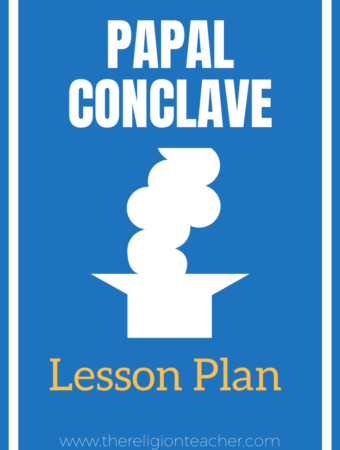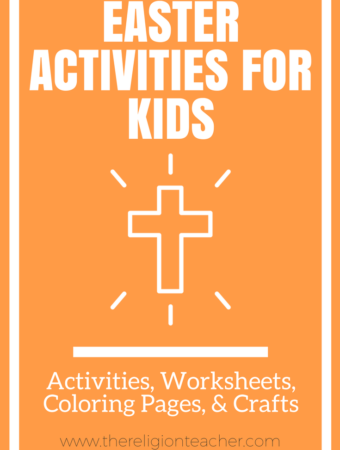One of the best ways to encourage critical thinking is to provide students with the opportunity to have a debate in class. Not all students necessarily know how to hold a class debate so they may need some in-class debate formats to follow along with some time to prepare for the debate. Consider using the debate formats below for your next class debate to get kids excited about the topics they are learning and passionate about positions they might never have considered before.
How to Prepare for a Class Debate
One of the best ways to prepare for a debate is to have students write out their thoughts on paper. They can either use this paper to vocalize their arguments or as a way to flush out their thinking on a certain topic.
Essay – A piece of writing with a carefully crafted thesis, supporting arguments, and evidence.
Position Paper – A form of essay in which students take a position and support it with evidence.
Argument Outline – Students create a basic outline of their arguments with supporting evidence. This is the same preparation they would need to do if they were to write an essay.
Point Counterpoint – Students take sides of a particular issue, developing arguments for and against it in a number of different formats including essays, verbal debates, and lists. Have students write out both the arguments for and against their position in preparation for the debate.
Class Debate Formats
Ball Toss -To appeal to the kinesthetic learners, use a soft ball (or rolled-up sock) to designate the single person that is able to speak. When another person wants to participate, they can raise their hand and wait for the ball to be passed to them. The teachers should also request the ball to speak. Divide the room in half and have them point their desks toward the other side. Each side must alternate with the opposing side before they can speak again.
Devil’s Advocate – The teacher/catechist tries to defend a statement that is outrageous or controversial. This activity should make the students really believe that you mean what you say and they will be much more likely to discuss and debate. Revisit the discussion to clarify the arguments and weaknesses in each argument.
Discussion Board – Online discussion boards can be used to encourage student interaction about a topic or to check responses to questions online outside of class.
Fishbowl Discussion – Select a group of students to sit in the front of the room in chairs arranged in a half-circle facing the class (shaped like a bowl). Pose questions to the students in the front of the room and allow them to discuss. The rest of the students in the audience may raise their hands to pose a question or take the place of a student “in the fishbowl” but they may not speak or engage in the discussion while at their desks. Note that this often requires that the students have learned/researched a lot about a topic before they can have a meaningful discussion such as this.
Advocate Decision-Making Debate – (This is one of my favorite forms of debate.) Students are assigned groups of three to debate the topic. Two students are assigned the roles of “advocates” and must argue in defense of their assigned role. The third student is assigned “decision-maker” and will act as the final judge of the winner of the debate. The decision-makers prepare for the debate by creating a list of questions and the advocates create an argument outline.
Grading a Class Debate
One of the challenges teachers often share regarding debates is how to convert the activity into a grade. The best way to provide a fitting grade is to collect the preparation outlines or papers that the students create leading up to the debate. You can also assign a reflection paper after the debate. Or use this class discussion rubric taken from “How to Get Students to Participate in Class Discussions“:
- A – Paraphrases, acknowledges, or refutes information related to the topic, reading, lecture, etc.
- B – Showed comprehension of topic, reading, lecture, etc. Make good comments/arguments that may not be related to the reading/lecture.
- C – Participates by actively paying attention by listening, watching, and/or taking notes.
- D – Does not participate and shows minimum attentiveness to discussion
- F – Shows unwillingness to participate and disrupts the discussion
All the teaching strategies listed in this article are taken from the free eBook, The Religion Teachers’ Guide to Lesson Planning.




This is great!!!! Thanks!